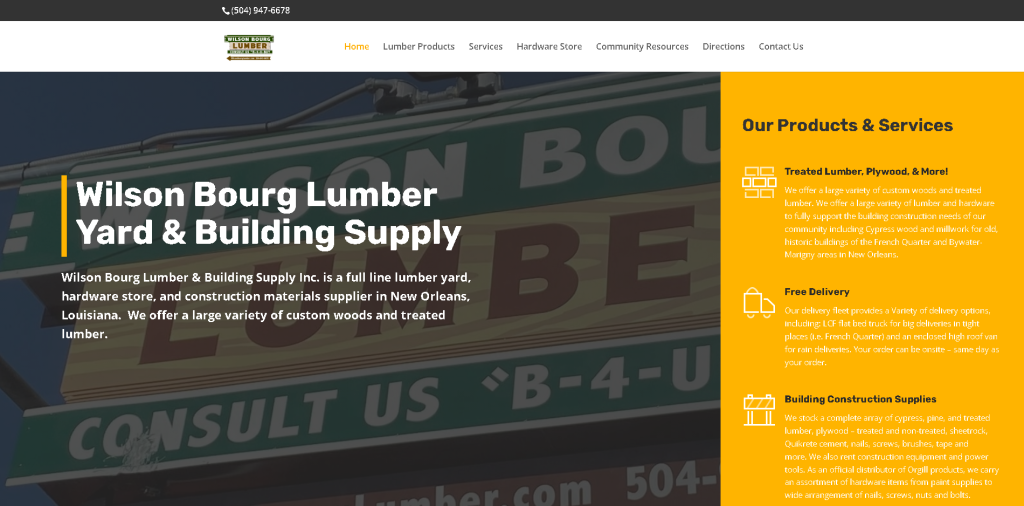
In the cutthroat world of eCommerce, site performance means money. A slow-loading Shopify store irritates customers, increases bounce rates, and decreases your search engine rating. A site that loads quickly, on the other hand, makes the user experience better and increases conversions.
A spokesperson for Overdrive Digital Marketing said, “Speed is not simply a nice feature for Shopify Website. It has a major effect on how long users stay on your site and if they buy something. One of the easiest methods to boost sales without spending more on ads is to speed up your store.
Here are 10 strategies that have been shown to improve your Shopify Website load faster:
Pick a theme that works well with speed
Not all themes are the same. Use themes made by Shopify or a partner you trust. Dawn, Craft, and Refresh are examples of simple themes that are made to work well. Don’t use themes with a lot of features that load scripts that aren’t needed.
Make image delivery better
Make all of the images of products and banners smaller. For better compression, use newer formats like WebP. Add alt text to make your site easier to find and load faster. Advice: You can use free tools like TinyPNG or premium software like Image Optimiser from Booster software.
Cut Down on the Number of Apps You Have
Apps are excellent, but having too many of them can slow down your Shopify Website store. Every program adds scripts that can slow down loading times. Check the programs you have installed. Delete any that aren’t required. If you need certain functionality, try to merge them into one app when you can.
Don’t use page builders from other companies
A lot of drag-and-drop builders add a lot of code to your theme, which slows it down. When you want to be able to change the design, use Shopify’s built-in editor or a lightweight, custom-coded solution.
For media, use lazy loading
Lazy loading doesn’t load images and videos that aren’t on the screen until the user scrolls to them. This makes the first page lighter, loads faster, and uses less bandwidth.
Make it smaller The Code for Your Site
Minifying and compressing JavaScript, CSS, and HTML. This makes it faster for the browser to load and display your site. You can either do this manually or utilise Shopify tools like Plug in Speed or hire experts to accomplish it for you.
Use Shopify’s Built-In CDN
Shopify already has a material Delivery Network (CDN) that serves static material from the server nearest to your visitor. To get this benefit, make sure that all of your files and media are stored through Shopify.
Get rid of fonts and scripts you don’t use
By default, many themes load more than one font and script. Use only one font family with a few different styles. Get rid of JavaScript libraries that you don’t utilise. This cleanup can cut down on the number of HTTP requests by a lot.

Make the layout of your homepage better
Make sure your homepage is clear and to the point: Limit displayed products to 4–6. Get rid of carousels and films that play automatically. Use just one CTA banner. Layouts with fewer elements not only load faster, but they also convert better.
Check and test speed on a regular basis
Use free tools like these: Insights into Google PageSpeed GTmetrix Shopify Theme Inspector These tools assist you figure out what’s wrong with your store and how to fix it. Need Help from an Expert?
If you don’t know how to use these tactics, you could want to hire pros. Overdrive Digital Marketing and other agencies that specialise in Shopify speed optimisation can help you get more conversions without spending more on ads.
Last Words
Speed optimisation is not something you do once; it’s something you do all the time. Your Shopify Website store needs to stay up with clients who expect things to happen quickly. Shoppers are more inclined to remain, browse, and buy if your site loads quickly. Put money into speed; your bottom line will reward you.

